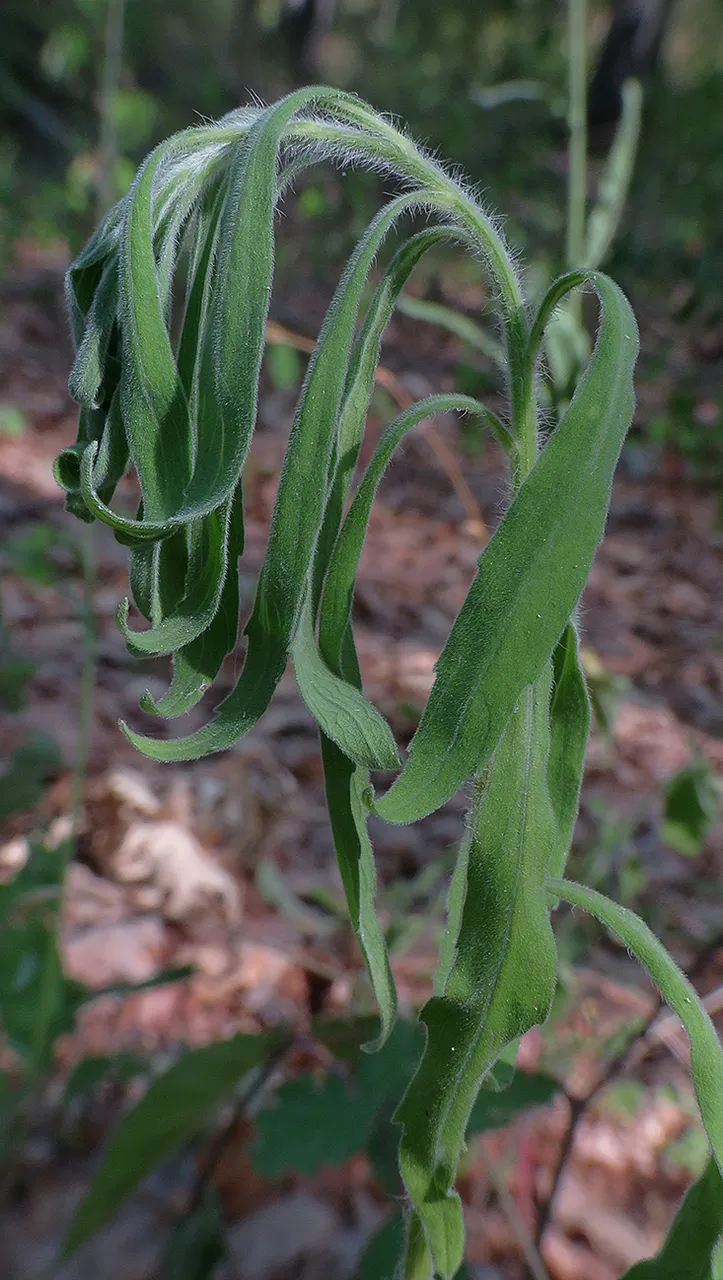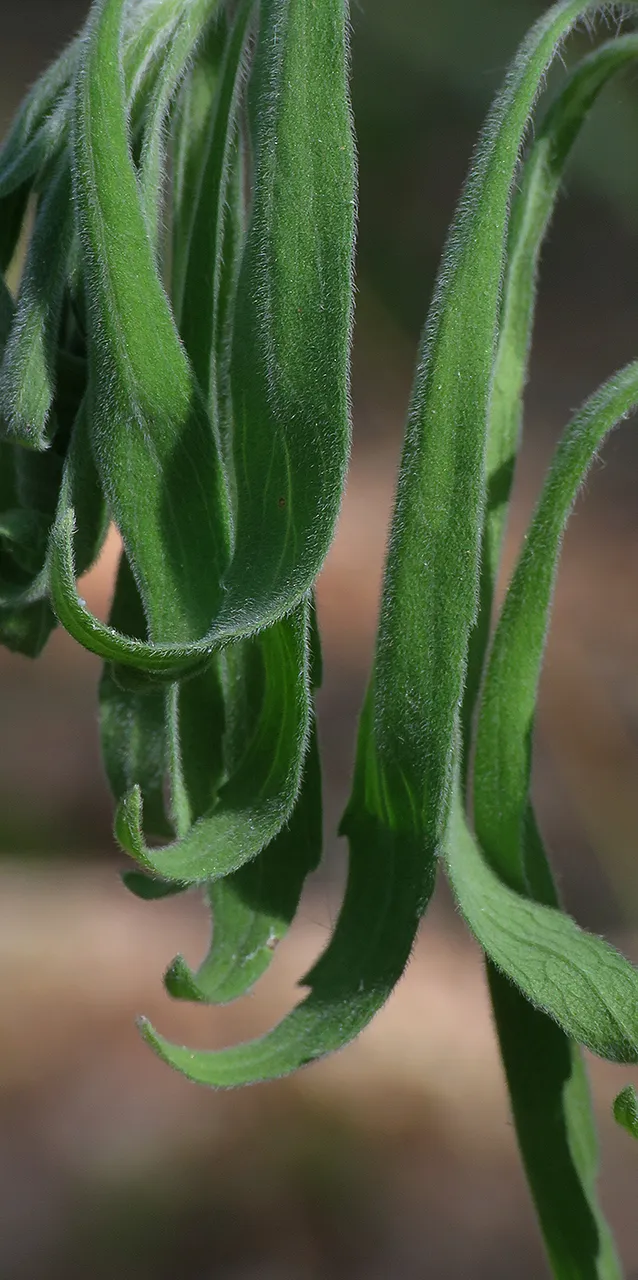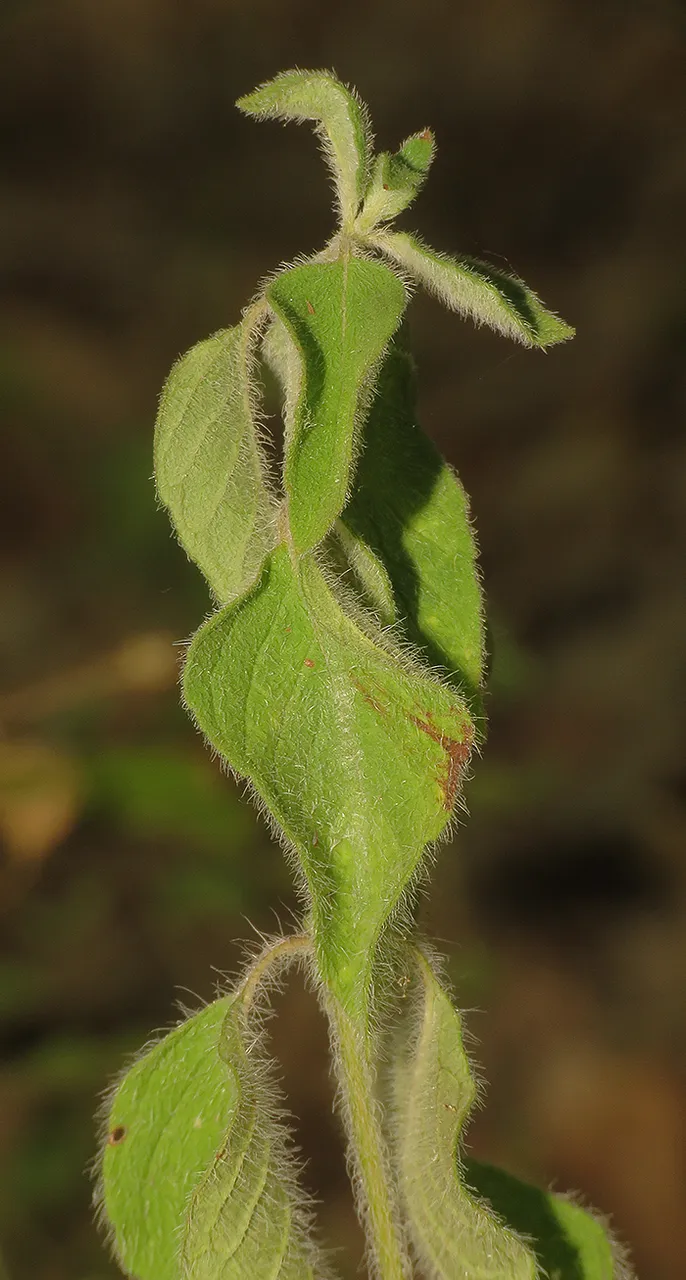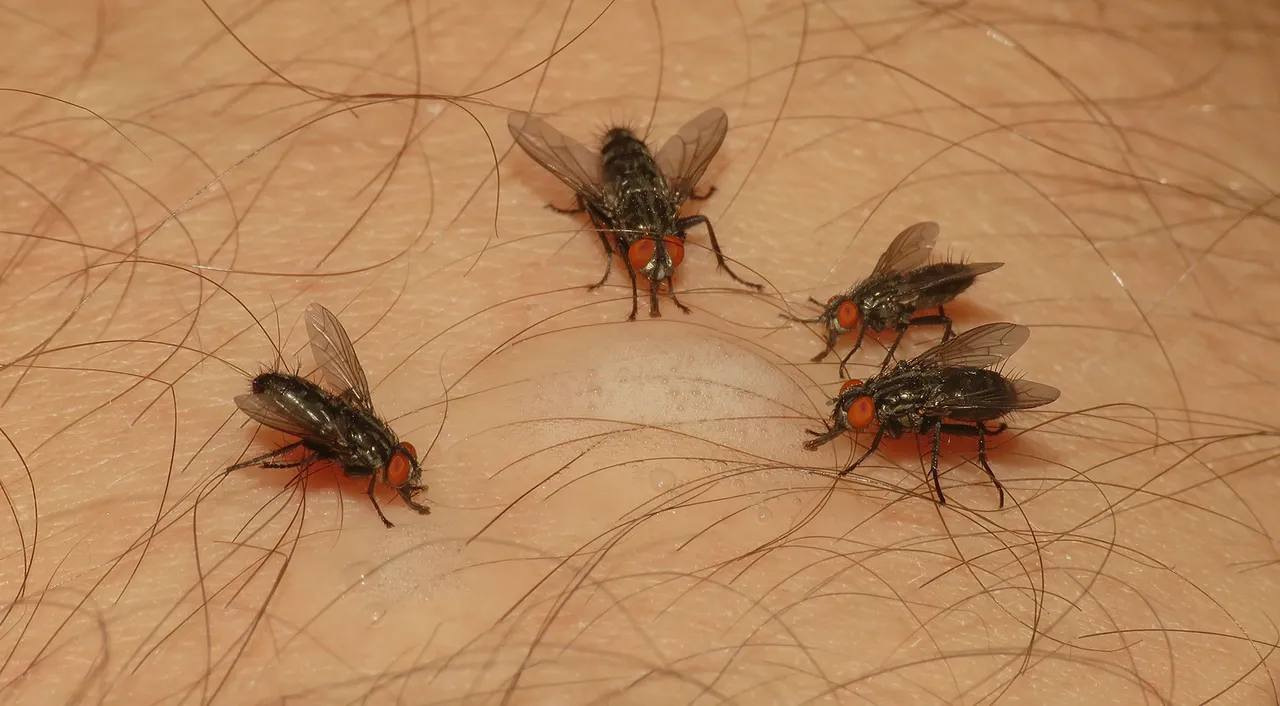The main and only insect character in this post is a fly.
The Exorista larvarum.
A species from the Tachinidae family.
I drove about fifty kilometers, stopped in the rural area a couple of kilometers from the small town of Zminj, parked the car by the side of the country lane bordered by dense vegetation, and then ...

... well, and then - I entered the woods.

This summer is very hot and dry. A bit of rain fell a month ago, but it was too little to change the atmosphere. The last rain worth mentioning fell more than two months ago. The trees don't look affected by these prolonged dry conditions ...

... but the herbaceous plants on the forest floor are starting to wither.

They look exhausted and their leaves are curling.
There was something strange in the air. It took me a minute or two to realize what it was. The absence of insect activity. The day was hot but the forest was quiet almost like in winter. Well, for the next couple of minutes only. Because soon the flies appeared.

A group of Exorista larvarum, about a dozen flies or so, was flying around my head. The files were aiming for the eyes and trying to enter my nose and mouth. It came to my mind that they are probably desperate for humidity, so I spat on the floor, and just as expected, the flies followed the saliva.
In this, and the previous two photographs, you can see them enjoying the refreshing spit that fell on the leaf litter. Although made 99.5% of water, human saliva also contains many important substances, including electrolytes, mucus, antibacterial compounds, and various enzymes, which makes it a nice, reinvigorating drink for these flies. While the flies were consuming the gift ...

... I continued observing the vegetation. The leaves of this plant (can't tell you the species) were still in good shape.

The leaves of the Cornus sanguinea shrub were slightly withered.

I can't tell you the name of this plant. But I'm sure that its hairy leaves aren't folded in normal conditions. Many plants are trying to retain the moisture by curling and folding their leaves on the margins. The new shape decreases leaf transpiration, temperature, and incident irradiance.

The effects of the summer drought were most visible on the small wild cherry tree (Prunus avium) that has lost most of its foliage. After photographing all these plants ...

... I sat down on the comfortable carpet made of fallen leaves and started watching the shots that I took there in the woods. After erasing some blurred ones, it came to my mind that I haven't photographed the flies on my skin. At this point, I had only shots with the Exorista larvarum on the dry, brown foliage. It was spitting time again ...
... but this time, I spat on myself. On my leg, to be more precise.
Very soon, only a couple of minutes later, a group of flies landed to feed on the small pool of saliva.
The larvae of this species feed and develop inside the larvae of quite a few moth species. The female Exorista larvarum lays the eggs on the moth larva, where they get stuck on the host's exoskeleton. When the larvae of the fly hatch they chew their way into the body of the moth larva. If the host goes through molting before the parasitic larvae come out of the eggs, it can evade the grim fate.
Adults feed mostly on nectar and various liquids provided by rotting fruits and other decaying plant material. As you just saw in this post, human saliva can also be part of their diet. Sweat is also OK, I think. Too bad that I wasn't sweating this morning when the photographs were taken.

I took two more shots before walking back to the car and driving back home. Here you can see the partially eaten leaves of the wild rose (Rosa canina) and in the following enlargeable photograph ...
... you can take another look at the wider setting - the deciduous forest.
The following links will take you to the sites with more information about the protagonists of this post. I found some stuff about them there.
https://en.wikipedia.org/wiki/Exorista_larvarum
https://pubmed.ncbi.nlm.nih.gov/18942884/
https://www.researchgate.net/figure/Scheme-of-the-life-cycle-of-Exorista-larvarum_fig1_323481009
AND THAT'S IT. HOPE YOU ENJOYED THIS SHORT REPORT FROM THE WOODS IN THE CENTRAL PART OF ISTRA. AS ALWAYS HERE ON HIVE, THE PHOTOGRAPHS ARE MY WORK - THE END.










